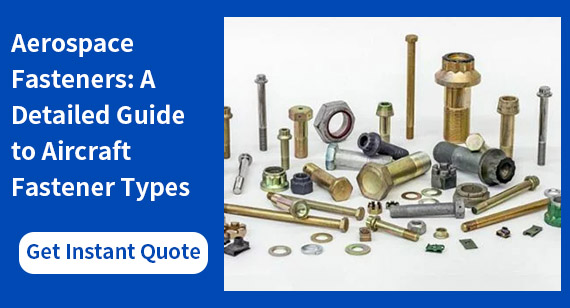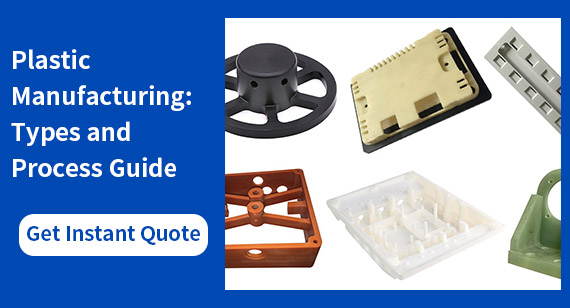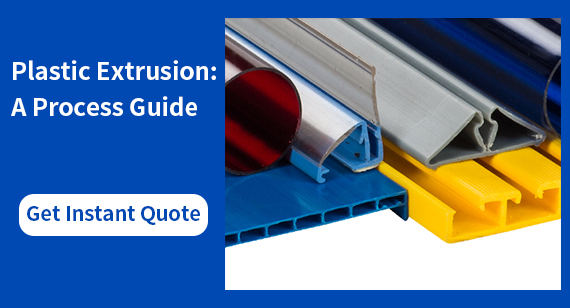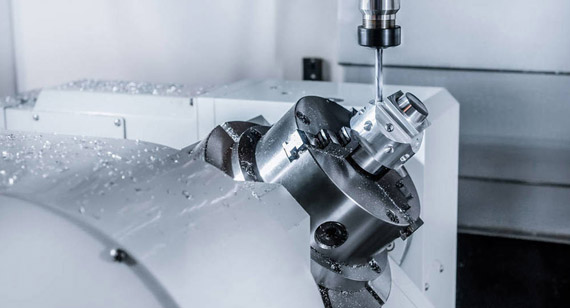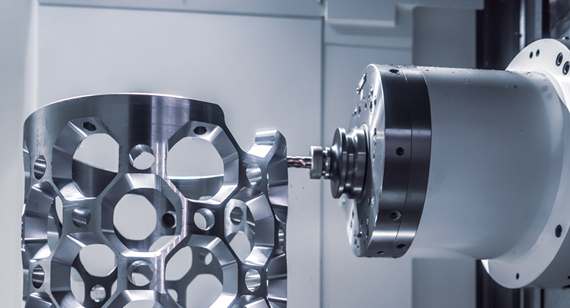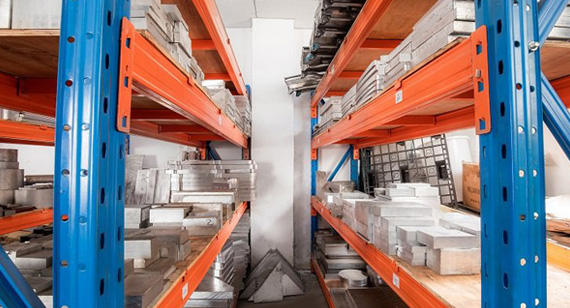15 years one-stop China custom CNC machining parts factory
The VMT blog is dedicated to sharing our hard-earned knowledge in prototype manufacturing. We hope these articles will help you optimize your product designs and gain deeper insight into the world of rapid prototyping. Enjoy the read!
Get an Instant Quote VMT
VMT  2024 10 02
2024 10 02 ABS plastic, short for Acrylonitrile Butadiene Styrene, is one of the most popular thermoplastic materials used in various industries. Known for its excellent balance of strength, durability, and flexibility, ABS is favored for both prototyping and large-scale production. Its versatility makes it suitable for industries ranging from automotive and electronics to consumer goods and medical devices. ABS plastic is widely used in CNC precision machining, 3D printing, and injection molding due to its machinability, affordability, and favorable material properties.
 66
66
 Read more
Read more
 VMT
VMT  2024 10 01
2024 10 01 Aerospace fasteners play a critical role in the structural integrity and safety of aircraft. These specialized components are designed to withstand extreme environmental conditions, high stresses, and prolonged exposure to corrosion, all while being lightweight. Aircraft fasteners are used in the assembly of critical systems, from fuselages and wings to avionics and control surfaces. Given their importance in the aerospace industry, a deep understanding of the types, characteristics, and materials used in these fasteners is essential for both engineers and manufacturers.
 66
66
 Read more
Read more
 VMT
VMT  2024 09 30
2024 09 30 Polycarbonate (PC) is one of the most widely used thermoplastic materials in industries such as automotive, aerospace, electronics, and consumer goods. Known for its durability, impact resistance, and transparency, polycarbonate is often chosen for applications requiring both strength and optical clarity. Despite its many benefits, polycarbonate surfaces can become scratched or dulled over time, diminishing their aesthetic appeal and functionality.
 66
66
 Read more
Read more
 VMT
VMT  2024 09 29
2024 09 29 Plastic manufacturing has become a critical part of modern production across industries like automotive, aerospace, electronics, and consumer goods. Plastics are favored for their versatility, lightweight properties, and cost-effectiveness. They can be shaped into complex geometries and tailored for various functional requirements, from durability and flexibility to chemical resistance.
 66
66
 Read more
Read more
 VMT
VMT  2024 09 28
2024 09 28 Plastic extrusion is a widely used manufacturing process where raw plastic materials are melted and formed into a continuous profile. This process is highly efficient and can produce a variety of plastic products, including pipes, sheets, wire insulation, and window frames. Plastic extrusion plays a vital role in industries like construction, packaging, automotive, and consumer goods due to its versatility, cost-effectiveness, and ability to produce large volumes of products with consistent quality.
 66
66
 Read more
Read more
 VMT
VMT  2024 09 27
2024 09 27 In today’s highly competitive and specialized industries, custom manufacturing has become an essential service. It allows businesses to meet specific design and performance requirements that standard production methods cannot achieve. Whether you're developing intricate components for aerospace, medical devices, or consumer electronics, custom manufacturing ensures precision, flexibility, and the ability to create one-of-a-kind parts or small production runs tailored to unique needs.
 66
66
 Read more
Read more
 VMT
VMT  2024 09 26
2024 09 26 In product development, creating prototypes is a critical step to ensure that the design is functional and manufacturable before mass production. Metal prototypes, in particular, are increasingly popular in industries requiring high precision and durability, such as aerospace, automotive, medical devices, and consumer electronics. Metal prototyping allows manufacturers to test the mechanical properties of parts, check design accuracy, and predict how the final product will perform under real-world conditions. With advancements in CNC machining and 3D printing technologies, metal prototypes can be made quickly and cost-effectively. This quick guide will explore the essentials of metal prototyping, the benefits, methods for producing metal prototypes, and tips on selecting the best method for your project.
 66
66
 Read more
Read more
 VMT
VMT  2024 09 25
2024 09 25 Understanding metal strength is crucial in many industries, from automotive and aerospace to construction and medical devices. Metal strength refers to the ability of a material to withstand various forces without deformation or failure. Whether you're working in CNC machining, metal fabrication, or any mechanical design field, having a solid grasp of metal strength properties helps in selecting the right materials for your project. Factors such as tensile strength, yield strength, compressive strength, and impact resistance all play a key role in determining a metal’s overall performance in real-world applications.
 66
66
 Read more
Read more
Ready To Start Your Next Project?
Get Instant Quote

Request a Free Quote
Send us a message if you have any questions or request a quote. We will get back to you ASAP!

